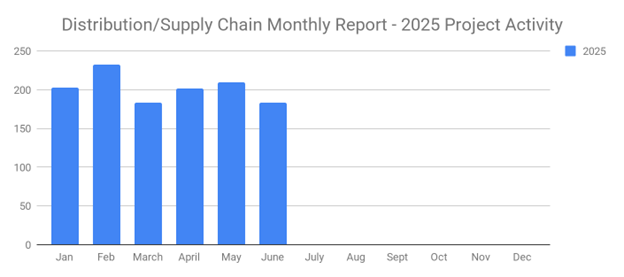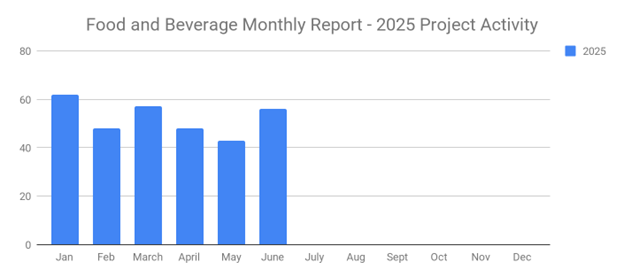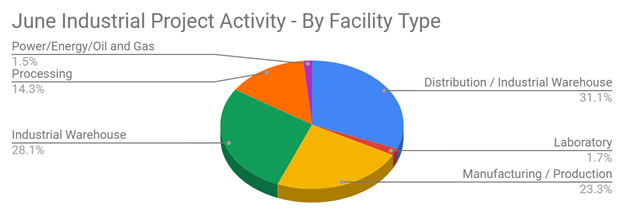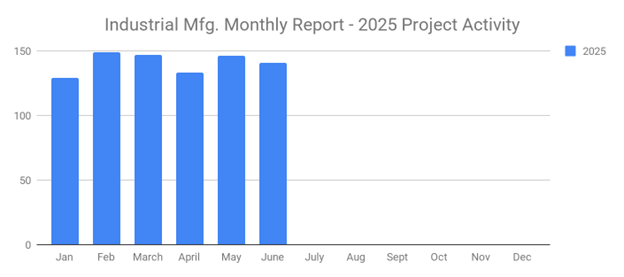
Data is the lifeblood of B2B sales strategies. Whether you're planning to call or email prospective buyers, you'll need to gather data on them. Only then can you contact prospective buyers to promote your B2B company's products or services. Data, however, has a finite shelf life. It will decay over time, thereby losing its value. A phenomenon known as data decay, it can hurt your B2B sales strategy in several ways.
What Is Data Decay?
Also known data degradation, data decay is characterized by the loss of data quality or accuracy over time. When data decays, it loses its quality or accuracy. After a long enough period, data may no longer prove useful for a B2B sales strategy. In this case, you'll have to scrap it and replace it with fresh data.
How common is data decay exactly? According to a report by Gartner, the average rate of data decay is about 3% per month. Based on those numbers, you can expect to lose about one-third of the quality and accuracy of your B2B sales data per year.
In the B2B industry, data often consists of the following:
- Buyers' and prospects' contact information
- Copies of correspondences with buyers and prospects
- Marketing and sales material
Fewer Leads
Data decay can harm your ability to generate leads. Research shows that data decay, in fact, has the greatest impact on lead generation. Lead generation often begins with some form of data. When you generate leads, you'll have to use data to identify and engage prospective buyers. As this data decays, it can jeopardize your lead generation efforts. You'll generate fewer leads with decayed data, resulting in lost sales potential.
Lower Conversion Rates
Along with fewer leads, data decay is often a contributing factor for low conversion rates. Data decay is defined by the loss of quality or accuracy of data. You may have high-quality and accurate data on prospective buyers initially. When decay settles in, though, it's an entirely different story. Your sales data will lose its quality or accuracy. You can still contact prospective buyers using it, but the decayed data will inevitably contribute to a lower conversion rate. Since it's low quality or inaccurate, you won't generate as many conversions using the decayed data.
Poorer Sales Productivity
As a sales rep, you'll be less productive when using decayed data. Sales productivity is a measurement of your ability to convert your time and energy into sales. If your data is low quality or inaccurate, you can expect to spend more time and energy to generate sales. As a result, you'll have poorer sales productivity. Data decay, in fact, is one of the leading causes of lost sales productivity. Therefore, you shouldn't ignore it when optimizing your B2B sales strategy.
Increased Opt-Outs
Regarding emails, data decay can cause a higher number of opt-outs. An opt-out, of course, occurs when a prospect chooses to stop receiving emails from your B2B company. Prospects can click a link in an email, at which point they'll opt-out. And when a prospect opt-outs, you'll have the honor his or her request, meaning you won't be able to send the prospect any more emails. Data decay often causes an increased number of opt-outs. If you target prospects with bad data, they may opt-out.
Tips to Keep Your Data Fresh
While data decay can harm your B2B sales strategy in many ways, there are a few things you can do to prevent it. For starters, you should configure your lead forms to collect the appropriate data about prospects. If a lead form only requires prospects to enter their name and phone number, you'll have a limited amount of data with which to work. While you can still ask prospects for their name and phone number, you should consider asking them for additional information in your lead forms, such as their job title, place of employment and budget.
You can keep your data fresh by verifying it as well. Data verification lives up to its namesake by verifying the accuracy of data. You can use verification to ensure your lead data is accurate, for example. Once you've obtained data on a lead, you can verify it. Verification allows you to determine whether it's accurate. If you discover any of the data is wrong, you can either delete or replace the inaccurate data so that it doesn't interfere with your ability to generate sales. There are even tools available that you can use to verify lead data. Alternatively, some customer relationship management (CRM) products offer lead verification.
Contacting leads more quickly can help you overcome the otherwise negative effects of data decay. Some degree of data decay is inevitable. The longer you keep data on a particular lead, the less useful it will become. By contacting leads more quickly, you can rest assured knowing that the data is high quality and accurate.
What to learn more? Get in Touch
Latest Posts
-

June's New Distribution and Supply Chain Planned Projects Return to March’s 183 Confirmed Figure
-

Food and Beverage Rebounds with 56 New Planned Projects Igniting Growth After Decline
-

June 2025’s New Industrial Construction Projects Grew 7% Month-Over-Month
-

Q2 Industrial Manufacturing Soars 31% for Planned Projects Over $100M; June Planned Industrial Projects Hit 141

